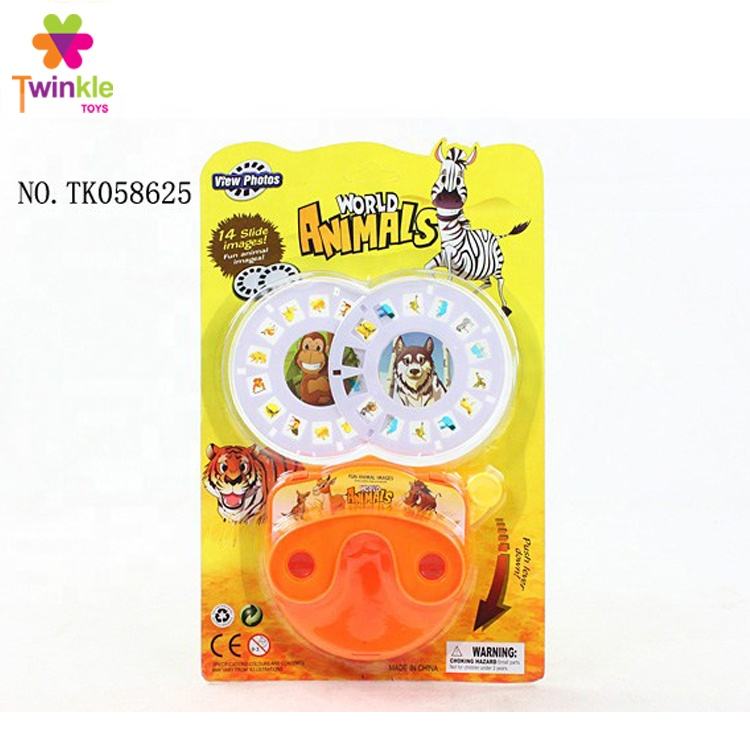
- 3 d viewer toy from the sixtiez license#
- 3 d viewer toy from the sixtiez series#
- 3 d viewer toy from the sixtiez tv#
Taxonomy were manufactured to replace them. As backstock was eliminated, reels bearing the newer packet Older single reels could be found in packets as late as the middle 1960s, until Sawyer'sĭepleted their inventory. Numbering system was established, applied to packets rather than to individual reels. The relationship between View-Master and Disney has continuedīy 1957, virtually all new production had been shifted to 3-reel packets and a new Newly-opened Disneyland theme park and the studio's growing range of television Reels and packets devoted not only to Disney's animated characters but to the In the mid-1950s Sawyer's exploited this asset to produce

3 d viewer toy from the sixtiez license#
Of perhaps greater significance was the acquisition of Tru-Vue's license with The takeover eliminated View-Master's chief competitor, but Packets according to common subjects (for example, reels 251, 252, & 253 were sold asġ951 Sawyer's bought out the rival Tru-Vue company, which produced stereo views Sawyer's had a sufficient catalog of titles to begin grouping existing single reels into From 1939 to 1950, View-Master reels were sold individually. Provided them in color by using Kodak's (then-) new color transparency film, Kodachrome. Seven stereo views on each reel, compared with the stereograph's one view per card, and But View-Master was an improvement over the traditional stereograph it offered

Successor to the stereograph viewer popularized in the 19th century by Oliver Wendell

Photo-finishing, postcard, and greeting card company, Sawyer's, View-Master was a Invented by William Gruber and marketed by Harold Graves through Edwin and Fred Mayer's Home-entertainment medium intended for adults. And our family trusts its butler.Although today considered a toy, View-Master began it's commercial life in 1939 as a
3 d viewer toy from the sixtiez series#
"Our series is the only one on television in which the husband and wife are idyllically happy. "Allowing that we can't do what should be done, what is done is beautiful," Coogan said.
3 d viewer toy from the sixtiez tv#
In a way, these last remaining mystery bulbs form the last remaining afterglow of Coogan's legendary performance as Uncle Fester.Ĭoogan was proud that even though The Addams Family couldn't be as dark as his tastes would prefer as a fan of Charles Addams' work, the TV show at least did stand out among other sitcoms that you could say paled by comparison to The Addams Family. Today, it's still rare to find the item listed, but you might be able to get yourself a working mystery bulb for about $20 on eBay. The mystery bulb originally sold for just $2.00, but in 2003, some collectors were reportedly paying more than $75 for working bulbs. To pull off the Uncle Fester effect, all kids had to do was stick a piece of tinfoil in their mouths to form a connection between two points on the mystery bulb’s base that lit up the flashlight.Ī simple trick, the effect was just as shocking to any suspecting onlookers as Uncle Fester's trick looked on TV. Kids who ordered the toy knew the trick was a hidden flashlight fueled by a AA battery. "Uncle Fester's Mystery Light Bulb," The News Journal reported in 2003, "piqued our interest" like no other Addams Family toy, even though it looked just like an ordinary light bulb. This oft-repeated bit even inspired a popular toy, first distributed in 1967, which, over time, became a collector's item worth more than 30 times what it originally sold for in comic books. What Coogan saw as censorship, the audience perceived as pure magic, especially when it came to what became everyone's favorite Uncle Fester bit.Īs Uncle Fester, Coogan often literally lit up the sitcom by placing a bulb between his lips and amusing all the kids watching when it glowed from his internal electric current. "I hope rabid enthusiasts forgive us our sweetness, but that's censorship." "The series has to be written the way it is," Coogan explained.

He still said that playing this version of Fester was his favorite role in his career. The sitcom we saw was, in Coogan' view, watered down by the dulcet tones of the traditional family sitcom. "Otherwise, there's no possible way to really do Addams on television." "I'd like to do the real Addams, say at two in the morning," Coogan said. Did you know? See the people who nearly played the original Addams FamilyĬoogan wished he could take the "ookiness" of the character just as far on TV, and even suggested doing a late-night version of the sitcom so that audience could see the real Addams Family.


 0 kommentar(er)
0 kommentar(er)
